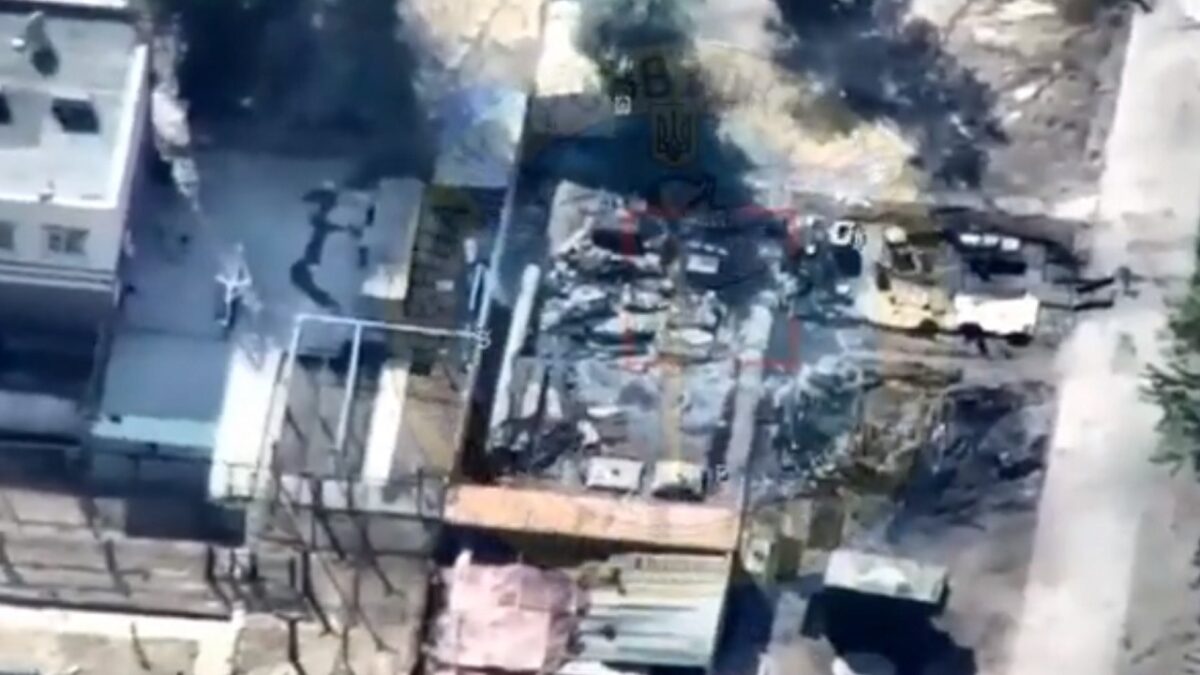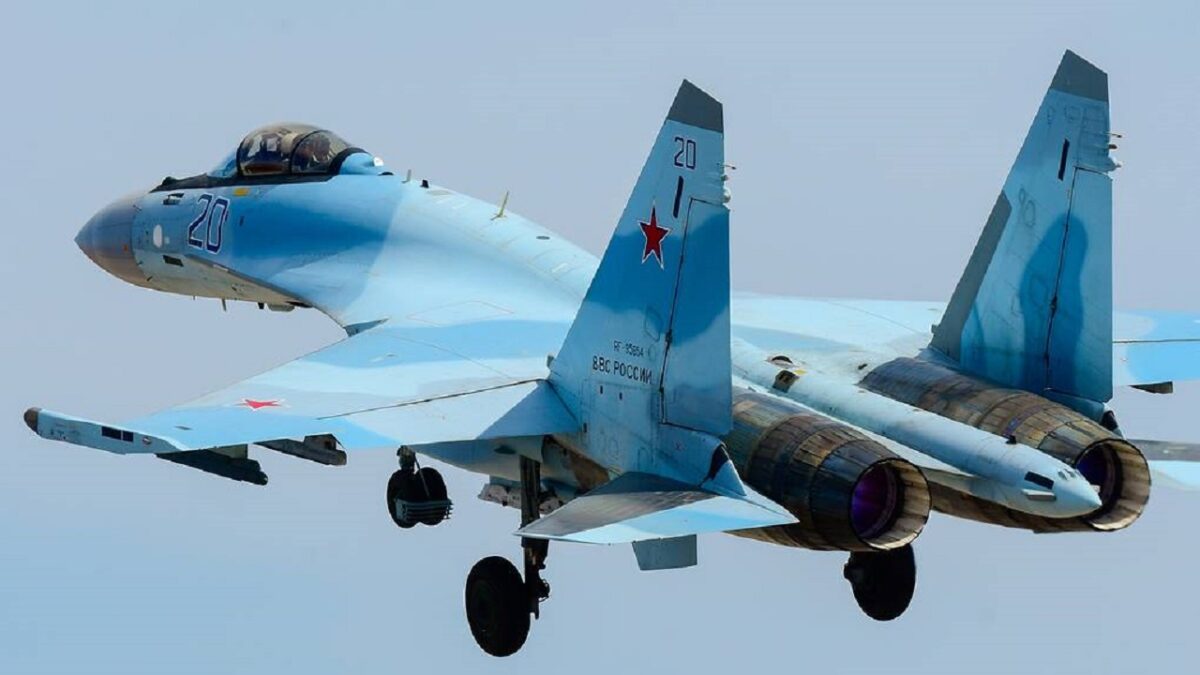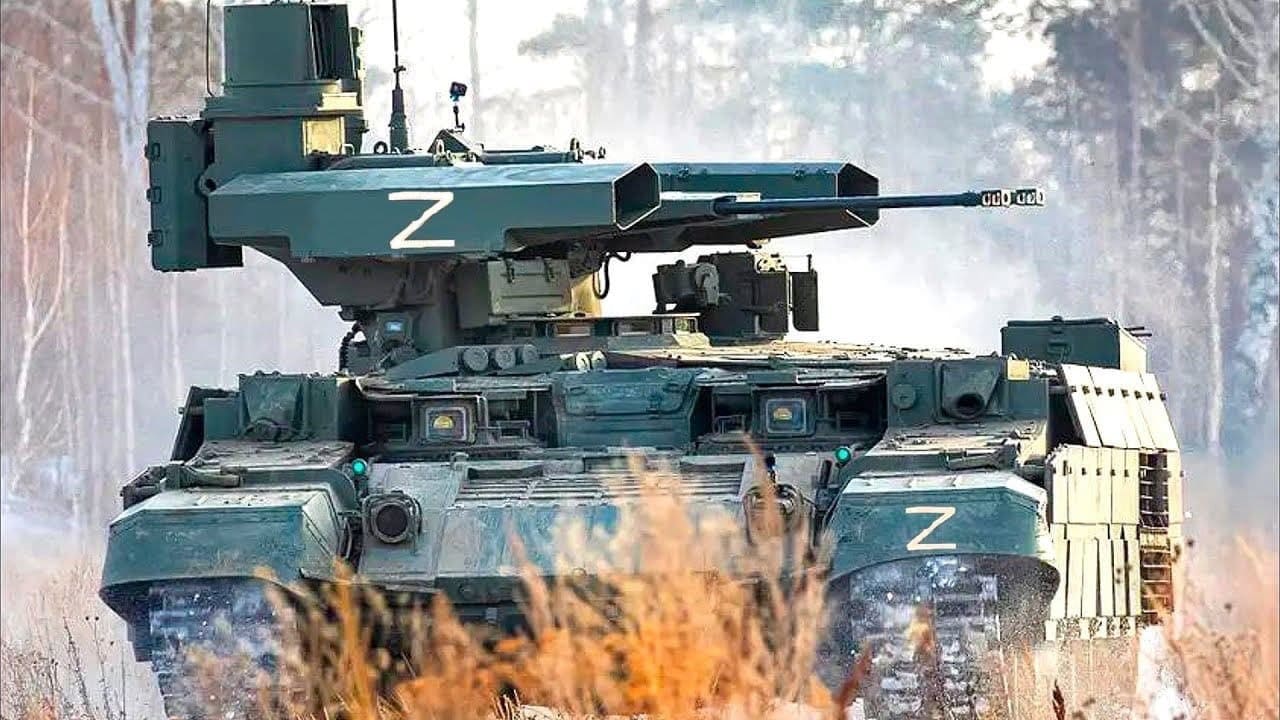Putin’s Ukraine War Keeps Getting Worse for Russia: Though it is unproven whether German-born theoretical physicist Albert Einstein predicted that a “Fourth World War” would be fought with sticks and stones – following a nuclear Third World War – it does appear that Russia could already be headed in that direction. It likely won’t come to stones, but the Kremlin is reportedly running out of weapons.
It wasn’t supposed to unfold like this – the Kremlin expected a swift victory.
However, mere days after Moscow launched its unprovoked and unwarranted invasion of Ukraine some Russian soldiers expressed shock that they weren’t greeted with flowers on the streets for “liberating” the country. Instead, they were met with fierce resistance. Even as the threat of war loomed, it looked as if the people of Ukraine would be forced to employ “Molotov cocktail” gasoline bombs, while antiquated firearms were taken out of storage and pressed into service.
Then came the aid from the west, and Ukraine’s fortunes quickly changed. Russia is now the country that is struggling to hold the ground it took in the early stages of the war, and it is the Kremlin that is running desperately low on military equipment.
“We know – and Russian commanders on the ground know – that their supplies and munitions are running out,” said Sir Jeremy Fleming, director of the UK’s Government Communications Headquarters (GCHQ), in an address at a security think tank on Tuesday.
The GCHQ essentially forms the backbone of the country’s intelligence services together with MI5 and MI6 – which is the U.K. equivalent of the Federal Bureau of Investigation and the Central Intelligence Agency. GCHQ code breakers, including Alan Turing, working out of Bletchley Park were the first to decrypt secret Nazi communiqués involving the Enigma encryption machine.
Price of the War in Ukraine
Russia is now facing the reality that it has essentially depleted its heavy ordnance reserves, while its troops are also exhausted troops from the nearly eight months of fighting. Both issues have allowed Ukraine to “turn the tide” in the conflict, added Fleming.
“Russia’s forces are exhausted,” said Fleming. “The use of prisoners to reinforce, and now the mobilisation of tens of thousands of inexperienced conscripts, speaks of a desperate situation.”
As a result, ordinary Russians can now see that the invasion was badly misjudged, and that the cost to the nation – in people and equipment – can only be described as “staggering.”
In addition to the 40,000+ soldiers that have been killed or wounded, vast amount of equipment and ordnance has been employed.
A new report from the Ukrainian bureau of Forbes put the cost of the war into perspective. The 84 cruise missiles and 24 drones that were launched across the country on Oct. 10 had an average total value of $400 – 700 million. It has been reported that Kh-101, Kh-555, Caliber, Iskander, S-300, and Tornado-S missiles were used in the attacks. The last large-scale missile attack on numerous Ukraine cities took place between June 25 and 26, when Russia launched 60-80 missiles. It had a total cost of $150-200 million, according to estimates.
The recent data also noted that Ukraine is believed to have destroyed $16.6 billion worth of Russian equipment during the first six months of fighting – from February 24 to August 24. Russia lost 12,142 pieces of equipment, excluding missiles. That includes almost 2,000 tanks, 234 aircraft and 15 ships!

Image of attack, screenshot from Twitter/social media.

Su-35 over Ukraine. Image Credit: TASS/Russian state media.
This explains why Russia has been forced to rely on aging T-62 tanks – which are likely older than the grandparents of the unfortunate crews who have to drive those vehicles into action. At this rate, it wouldn’t be surprising to see T-34s rolling across the battlefield with Polikarpov Po-2 biplanes (NATO reporting name “Mule”) flying overhead. It certainly seems to be the direction Russia has been forced to go.
Perhaps Moscow should stock up on slings and stones after all.
A Senior Editor for 19FortyFive, Peter Suciu is a Michigan-based writer who has contributed to more than four dozen magazines, newspapers, and websites with over 3,000 published pieces over a twenty-year career in journalism. He regularly writes about military hardware, firearms history, cybersecurity, and international affairs. Peter is also a Contributing Writer for Forbes. You can follow him on Twitter: @PeterSuciu.

